Engineers and designers constantly face the challenge of creating metal parts that are strong, lightweight, and geometrically complex without incurring massive costs or long production timelines. Relying on traditional machining is slow and wasteful, while using heavier metals like steel can compromise a product’s performance and efficiency. Aluminum casting stands out as the premier solution, offering an unmatched balance of performance, cost-effectiveness, and design flexibility. This guide provides a comprehensive look at how aluminum casting works, its various types, and how you can leverage it for your next project.
What Is the Process of Aluminum Alloys Casting?
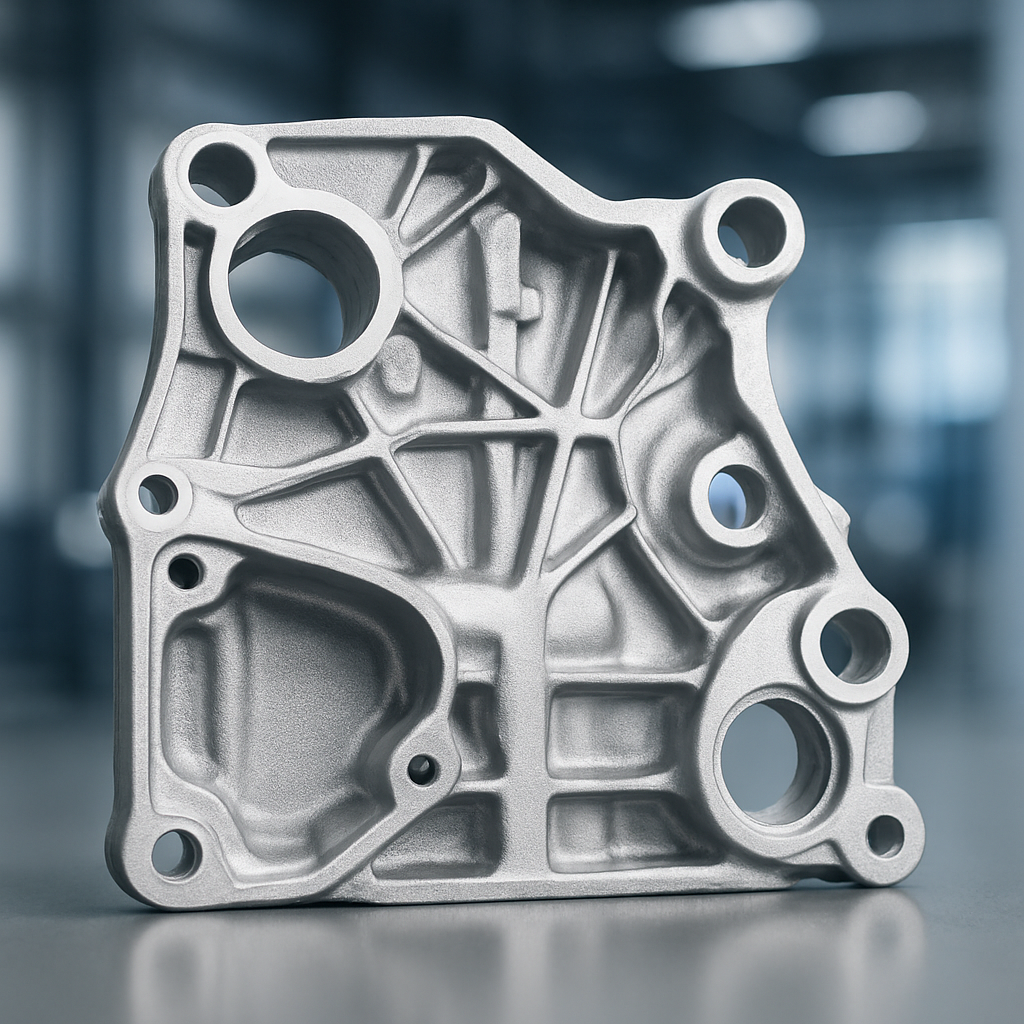
Aluminum alloys casting is a manufacturing process where molten aluminum is poured into a shaped mold to create a near-net-shape part. This method is fundamental for turning liquid metal directly into a finished or semi-finished product, making it a cornerstone of efficient, high-volume production.
So, what does this mean for your project?
How does the basic process work?
The process involves three essential steps: melting a specific aluminum alloy, introducing the molten metal into a custom mold, and allowing it to cool and solidify. The final stage involves ejecting the part and performing any necessary finishing.
- Mold or Die Creation
- Alloy Melting & Pouring
- Solidification & Cooling
- Part Ejection & Finishing
Why is it called “casting”?
The term originates from the act of “casting” (pouring) liquid material into a hollow form, historically known as a “cast” or mold. While the principle is ancient, modern technology has refined it for industrial precision.
Key Takeaway: Aluminum casting is an essential manufacturing process for creating complex, lightweight metal components efficiently and at scale.
| Term | Definition | |
|---|---|---|
| Casting | The process of pouring liquid material into a mold to form an object. | |
| Mold | A hollow container used to give shape to molten material. | |
| Alloy | A metal made by combining two or more metallic elements. | |
| Near-Net-Shape | A part produced so close to its final dimensions that little to no finishing is required. |
Why Is the Importance of Aluminum Alloys Casting So High?
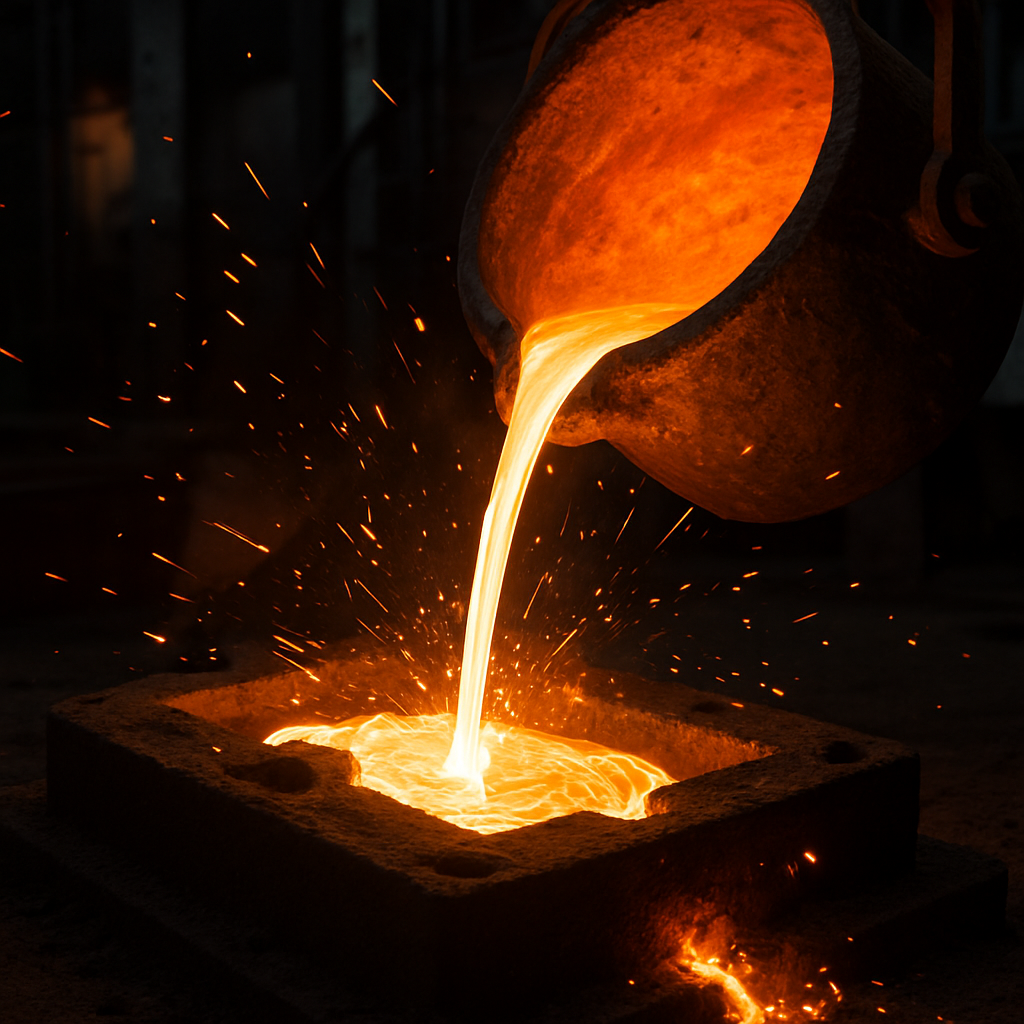
The industrial significance of aluminum alloys casting is driven by the relentless demand for lightweighting in sectors like automotive and aerospace. It plays a critical role in enabling product innovation, improving energy efficiency, and reducing overall manufacturing costs.
But why is it so popular?
What makes aluminum the ideal material?
Aluminum’s powerful combination of low density, exceptional strength-to-weight ratio, inherent corrosion resistance, and high thermal/electrical conductivity makes it superior to steel for many applications.
- Lightweight & Strong
- Naturally Corrosion Resistant
- Excellent Thermal & Electrical Conductor
- Highly Recyclable
How does it impact product design?
Casting liberates engineers to create complex, single-piece parts that would be impossible or prohibitively expensive to machine. This allows for part consolidation, which reduces weight, assembly steps, and potential points of failure.
Key Takeaway: Aluminum casting is vital because it combines a superior material with a versatile process, enabling the mass production of lightweight, complex parts that define modern products.
| Metric | Aluminum | Steel | |
|---|---|---|---|
| Density (kg/m³) | ~2,700 | ~7,850 | |
| Strength-to-Weight Ratio | Excellent | Good | |
| Corrosion Resistance | Excellent | Poor (without coating) | |
| Typical Raw Material Cost | Moderate | Low |
What Are the Key Properties of Aluminum Alloys Casting?

The final characteristics of a component are determined by the specific aluminum alloy used in the aluminum alloys casting process. Alloys are formulated with elements like silicon, magnesium, or copper to achieve desired properties.
Here’s the deal…
What is the typical tensile strength?
Tensile strength varies significantly, from around 90 MPa for pure aluminum to over 400 MPa for high-performance, heat-treated alloys. The casting method and post-process heat treatment play a major role in the final strength.
How durable and heat-resistant is it?
Cast aluminum is durable but not suited for high-abrasion surfaces. Heat resistance is alloy-dependent; Al-Si alloys are great for engine parts, while Al-Cu alloys can serve at even higher temperatures.
- 3xxx Series: Good formability.
- A380: Excellent castability.
- 6xxx Series: Good strength and weldability.
- 7xxx Series: Highest strength.
Key Takeaway: The performance of a cast aluminum part is precisely tailored through the strategic selection of the alloy and any subsequent heat treatment.
| Alloy | Tensile Strength (MPa) | Hardness (Brinell) | Primary Application | |
|---|---|---|---|---|
| A380 | 324 | 80 | General purpose, engine parts | |
| 6061 | 310 | 95 | Structural components | |
| 7075 | 572 | 150 | High-stress aerospace parts |
The Precision of Aluminum Alloys Casting: A Look at Die Casting
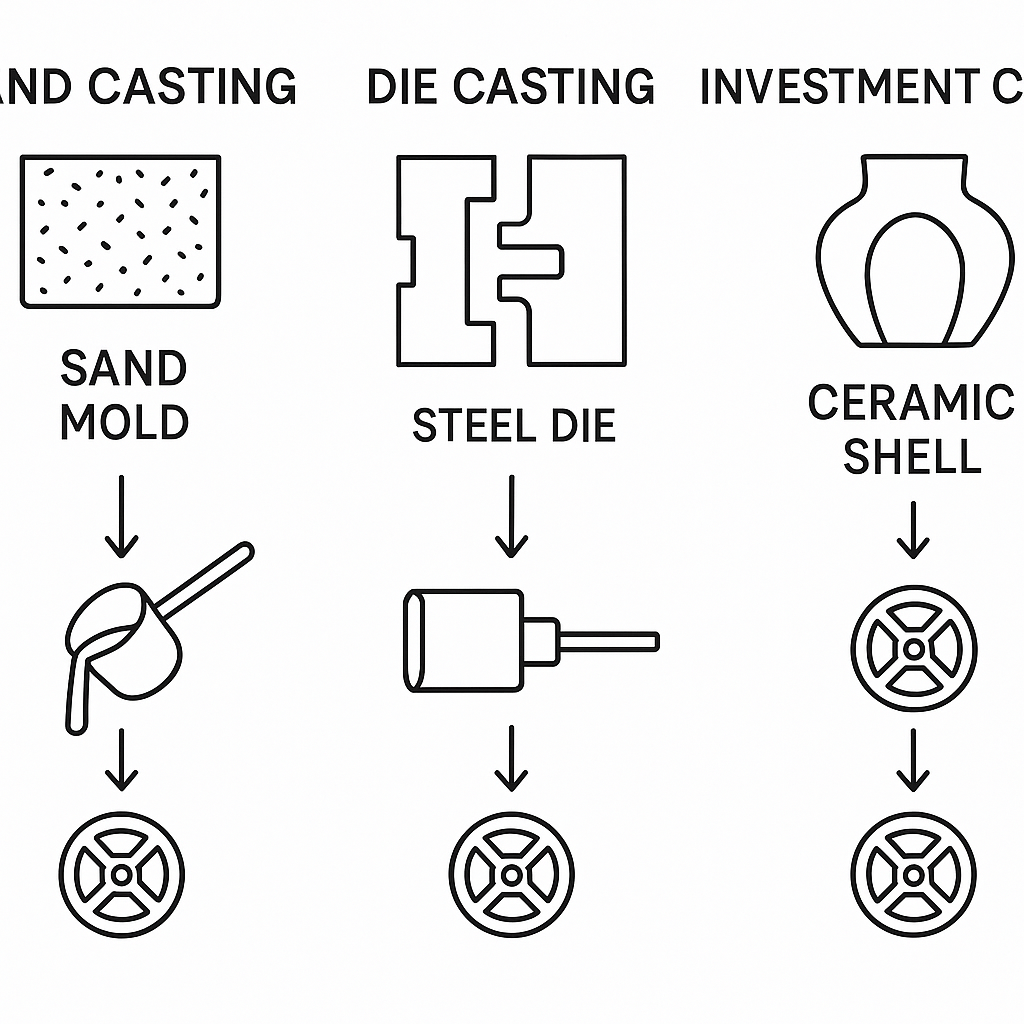
Die casting is the leading method for high-volume, high-precision aluminum components. It involves injecting molten metal into a hardened steel mold (a “die”) under immense pressure, yielding exceptional accuracy and a smooth surface finish.
You might be wondering…
When should you choose die casting?
Die casting is optimal for producing thousands to millions of identical parts, especially those with thin walls. The high upfront tooling cost is quickly offset by a low price per part.
- Automotive Engine Components
- Consumer Electronics Enclosures
- Power Tool Housings
- Complex Brackets and Mounts
What are its main advantages?
The primary benefits are outstanding dimensional stability, smooth surfaces that often require no finishing, and rapid cycle times. High pressure ensures every detail is perfectly replicated.
Key Takeaway: For mass-producing complex aluminum parts with tight tolerances and excellent finish, die casting is the unmatched, cost-effective solution.
| Die Casting | Details | |
|---|---|---|
| Pros | Speed, Precision, Smooth Finish, Low Part Cost | |
| Cons | High Initial Tooling Cost, Limited to High Volume |
Achieving Detail with Aluminum Alloys Casting: Investment Casting

Investment casting (or lost-wax casting) is a specialized process for creating parts with extreme complexity and immaculate detail. It uses a wax pattern coated in a ceramic shell; the wax is melted out, leaving a single-use mold.
What’s the real story?
What makes investment casting unique?
This process produces net-shape parts with complex internal channels and undercuts that are impossible with other methods. Since the mold is destroyed, there are no parting lines, resulting in a superior finish. Learn more about the investment casting process .
Is it a better choice than die casting?
The methods serve different purposes. Investment casting is superior for extreme complexity and lower volumes, with much lower tooling costs. Die casting is superior for speed and cost-efficiency at high volumes.
- Aerospace Turbine Blades
- Medical Implants
- Complex Pump & Valve Components
Key Takeaway: Investment casting is the premier choice for manufacturing parts with the highest degree of complexity and detail, especially in low-to-medium volumes.
| Feature | Investment Casting | Die Casting | |
|---|---|---|---|
| Geometric Complexity | Very High | High | |
| Surface Finish | Excellent | Very Good | |
| Tooling Cost | Low | Very High | |
| Volume Suitability | Low to Medium | High to Very High |
Exploring Other Methods of Aluminum Alloys Casting: Sand & Permanent Mold

Sand casting and permanent mold casting are versatile methods that fill different niches. Sand casting is a low-cost option ideal for large parts, while permanent mold casting uses reusable steel molds for a balance between sand and die casting.
This is where it gets interesting…
What is sand casting best for?
Sand casting excels at producing very large components (like industrial pump housings) and is perfect for prototypes or low-volume runs due to its extremely low tooling costs. Its tolerances are less precise, but its versatility is unmatched.
What is permanent mold casting?
This is an excellent middle-ground option. It produces parts with better accuracy and finish than sand casting but with significantly lower tooling costs than die casting, resulting in a dense grain structure.
- Sand Casting: Manhole covers, large engine blocks.
- Permanent Mold: Automotive pistons, cylinder heads.
Key Takeaway: Sand and permanent mold casting provide flexible solutions for a wide spectrum of part sizes and production volumes.
| Feature | Sand Casting | Permanent Mold | Die Casting | |
|---|---|---|---|---|
| Tooling Cost | Very Low | Medium | Very High | |
| Part Size | Very Large | Medium | Small to Medium | |
| Precision | Fair | Good | Excellent | |
| Ideal Volume | Low | Medium | High |
How to Choose the Right Process for Aluminum Alloys Casting

Selecting the optimal aluminum alloys casting process is a critical decision impacting project cost, quality, and speed. This choice requires a careful analysis of several key project variables to prevent costly redesigns.
Here’s the bottom line.
What key factors should you consider?
The four primary drivers are expected production volume, part complexity, required dimensional tolerances, and budget (tooling and per-part cost). These factors are interdependent and must be balanced.
- What is the total lifetime quantity needed?
- How intricate is the geometry?
- What are the critical-to-function tolerances?
- What is the target cost per part?
Can casting and machining be combined?
Yes, a hybrid approach is very effective. A part can be cast to near-net-shape, after which critical features are machined to achieve very tight tolerances using CNC machining . This leverages the cost-effectiveness of casting with the precision of machining.
Key Takeaway: The “best” casting process is a strategic choice determined by your project’s unique requirements for volume, complexity, and cost.
| Criteria | Die Casting | Investment Casting | Sand Casting | |
|---|---|---|---|---|
| Part Complexity | Good | Excellent | Fair | |
| Production Volume | Excellent | Poor | Good (for low vol) | |
| Cost Sensitivity | Excellent (at scale) | Good (low tooling) | Excellent (low tooling) |
Common Industry Applications for Aluminum Alloys Casting
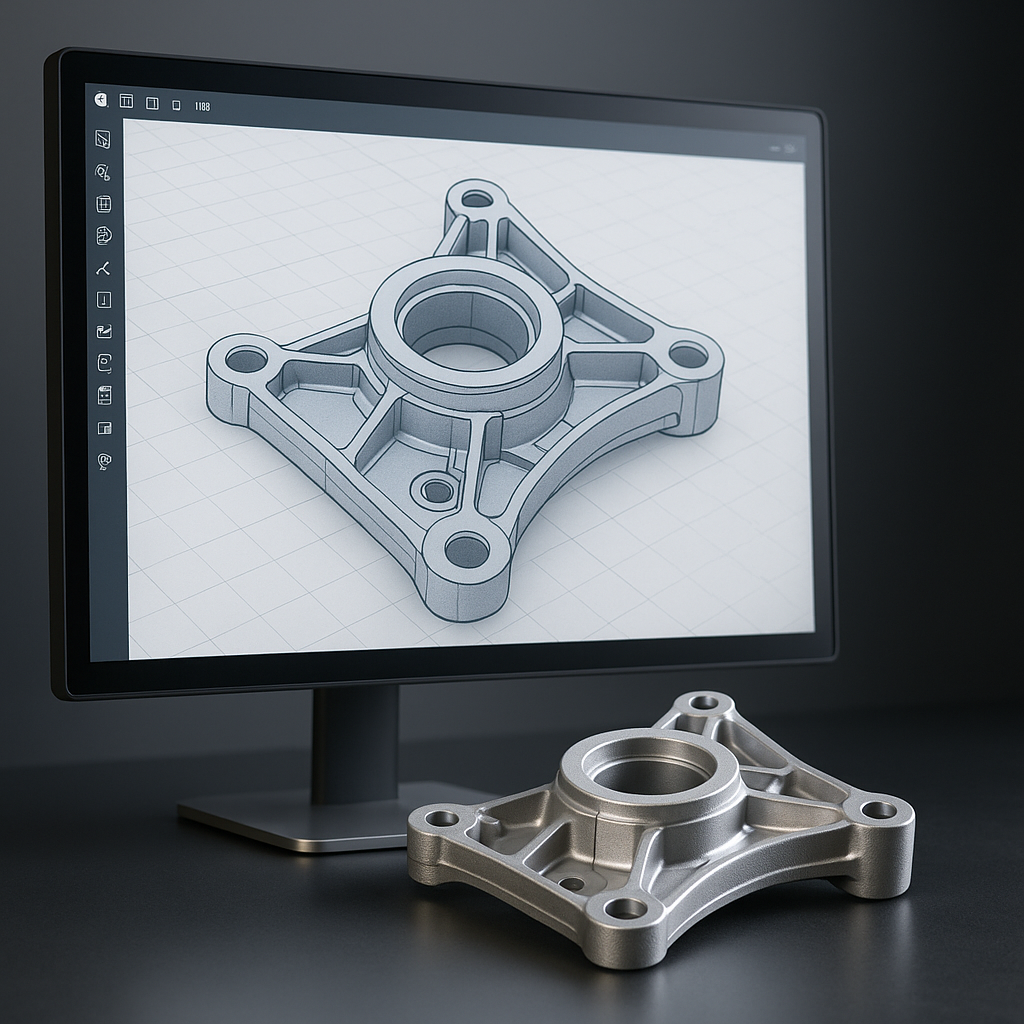
The immense versatility of aluminum alloys casting is evident in its use across countless industries and applications . From automotive to medical devices, cast aluminum is an essential component in modern engineering.
But where do you actually see this?
How is it used in the auto industry?
It is extensively used for engine blocks, transmission cases, and wheels to slash vehicle weight and boost fuel efficiency. Casting is also critical for creating large, complex battery enclosures for electric vehicles.
What about aerospace and electronics?
In aerospace, it’s used for brackets and housings where low weight is paramount. For electronics, it creates durable, heat-dissipating enclosures for laptops, servers, and high-end audio equipment.
- Medical: Surgical tool handles, MRI frames.
- Consumer Goods: High-end cookware, furniture.
- Industrial: Pump bodies, hydraulic manifolds.
Key Takeaway: Aluminum casting is a ubiquitous process, critical for manufacturing high-performance components for nearly every major industry.
| Industry | Example Cast Aluminum Parts | |
|---|---|---|
| Automotive | Transmission housing, engine blocks, pistons | |
| Aerospace | Brackets, housings, cabin components | |
| Electronics | Laptop chassis, server heat sinks | |
| Medical | Surgical tool handles, equipment frames |
Consolidating the Benefits of Aluminum Alloys Casting
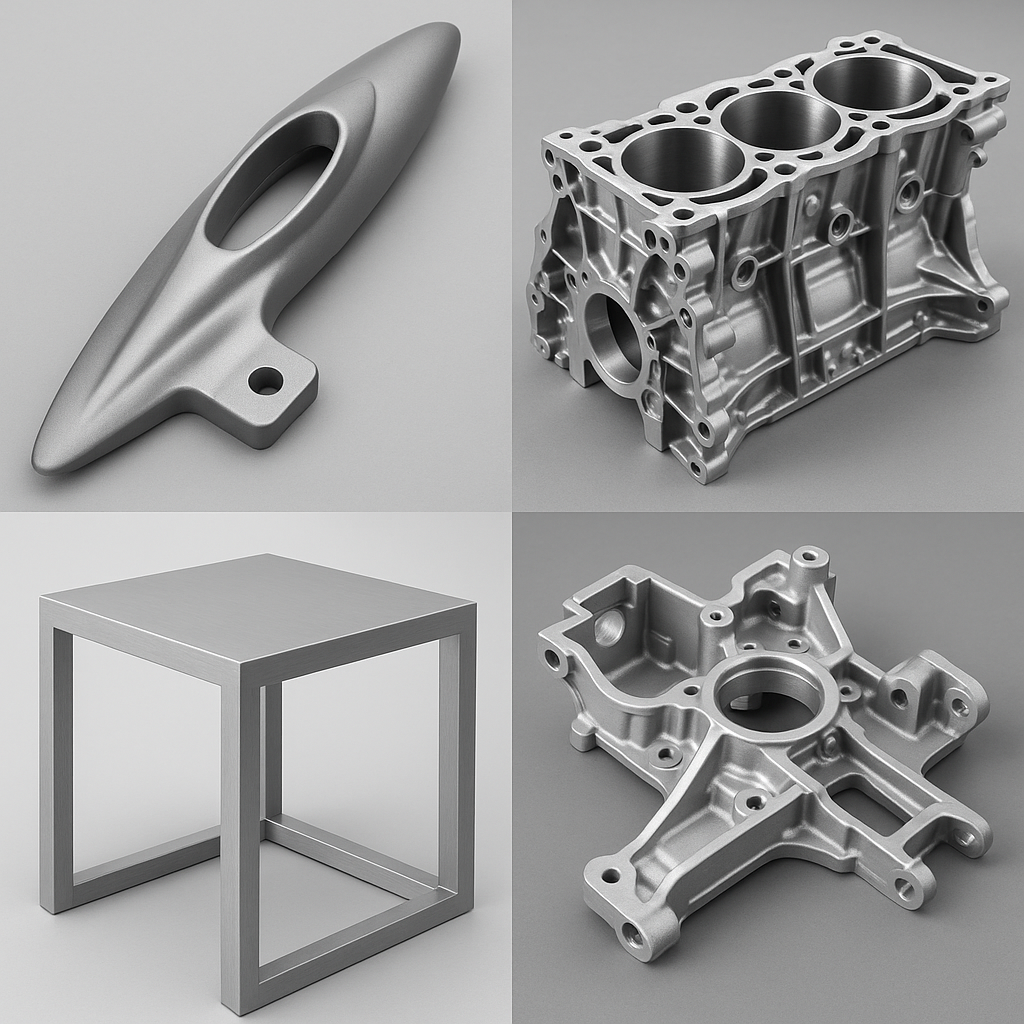
The compelling advantages of aluminum alloys casting make it a dominant manufacturing method. These benefits, from unparalleled design freedom to significant cost-effectiveness, provide a powerful toolkit for engineers.
Let’s cut to the chase.
What are the top design advantages?
The ability to create complex, near-net shapes allows for the consolidation of multiple parts into a single, stronger component. This simplifies assembly, reduces weight, and eliminates potential points of failure.
Are there significant cost benefits?
For medium to high volumes, casting offers an exceptionally low per-part cost compared to subtractive manufacturing. The process is also highly efficient, generating minimal material waste, which contributes to cost savings.
- Excellent Strength-to-Weight Ratio
- Unmatched Design Freedom
- Superior Corrosion Resistance
- Cost-Effective for Mass Production
Key Takeaway: Aluminum casting delivers a powerful combination of design freedom, excellent material properties, and outstanding economic efficiency at scale.
| Benefit | Explanation | |
|---|---|---|
| Weight Reduction | Aluminum’s low density reduces overall product weight. | |
| Part Consolidation | A single cast part can replace a multi-piece assembly. | |
| Cost Savings | Lower material waste and fast cycle times reduce per-part cost. |
Overcoming Common Challenges in Aluminum Alloys Casting
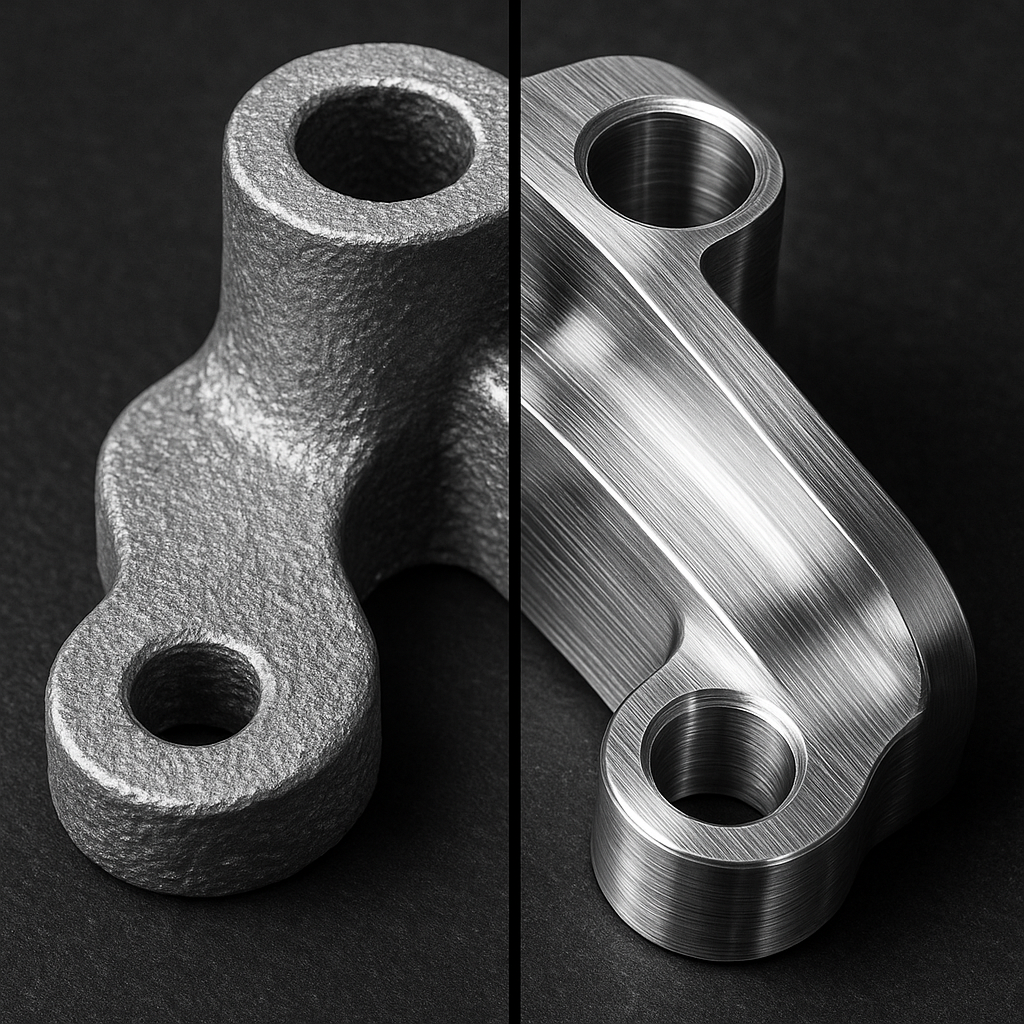
While powerful, aluminum alloys casting requires deep expertise to manage and mitigate potential defects like porosity and shrinkage. Understanding these challenges is the first step toward ensuring a high-quality outcome.
What’s the catch?
How is porosity controlled?
Porosity consists of tiny internal voids that can weaken a part. Advanced solutions like vacuum casting, sophisticated mold-flow simulation, and proper gate/vent design minimize these defects. Expert process control is key.
What about accuracy and final finish?
While some casting processes are extremely precise, others may require secondary operations. Post-processing like CNC machining, polishing, or powder coating is often planned from the start to meet final requirements.
- Porosity: Solved by vacuum assist, optimized venting.
- Shrinkage: Solved by thoughtful gate/riser design.
- Surface Defects: Solved by proper mold care and finishing.
Key Takeaway: Challenges like porosity are well-understood and can be effectively eliminated through expert engineering, process control, and strategic post-processing.
| Challenge | Primary Solution | |
|---|---|---|
| Porosity | Process Control & Simulation | |
| Shrinkage | Mold & Part Design | |
| Warping | Controlled Cooling & Heat Treatment |
Conclusion
Aluminum casting effectively solves the engineering challenge of achieving strength, low weight, and complex geometry in a single, cost-effective process. Choosing the right casting partner is as critical as choosing the right process. If your project demands precision, quality, and expertise, contact the specialists at PrecisionVast today for a comprehensive consultation and a competitive quote. We are your partners in innovation, dedicated to transforming your designs into high-performance components.
Frequently Asked Questions (FAQ)
Q1: Can I use 3D printing in my aluminum casting project?
A: While the final part isn’t 3D printed, the technology is invaluable for creating patterns for investment or sand casting. This allows for rapid prototyping and design validation at a low cost before committing to expensive production tooling.
Q2: What’s the best aluminum alloy for casting?
A: There is no single “best” alloy. The ideal choice depends on the application’s needs (strength, corrosion resistance, etc.). A380 is a popular, versatile choice for die casting, while 6061 is excellent for strength. Always consult an expert for material selection.
Q3: How do I know if I need die casting or investment casting?
A: As a rule of thumb: if your production volume is high (10,000+ units) and part complexity is moderate, die casting is likely more economical. If you require extreme geometric complexity or have lower volume needs, investment casting offers more design freedom.
Q4: Can I get a custom finish on my cast parts?
A: Absolutely. Casting is often just the first step. Parts can be CNC machined for critical tolerances, powder coated for color and durability, anodized for enhanced corrosion resistance, or polished for a cosmetic finish.
Q5: What’s the difference between cast and forged aluminum?
A: Casting shapes liquid metal in a mold. Forging shapes solid metal with immense pressure, which aligns the grain structure, generally making the part stronger but less geometrically complex. The choice depends on the balance between required strength and design intricacy.



